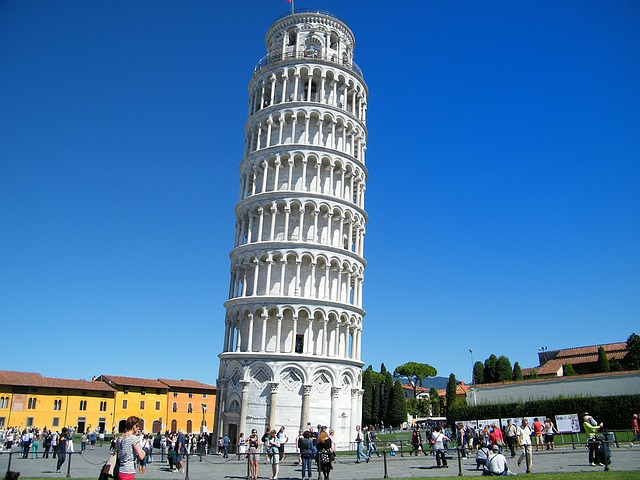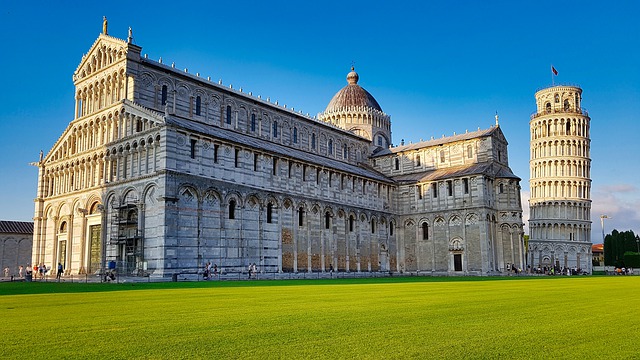
MEDIEVAL SITE
NOVEMBER 7, 2021
Closer Look To The Leaning Tower Of Pisa

The leaning tower of Pisa is the freestanding bell tower of the cathedral of the Italian city of Pisa. It is famous for the settling of its foundations which caused it to lean 5.5 degrees (about 15 feet or 4.5 meters) the acutest angle ever in 1990. Let’s take a closer look to the Leaning Tower of Pisa.
History of the Tower of Pisa began in 1173 when construction began on a white marble tower for the cathedral complex in Pisa. The architect were Bonanno Pisano and Guglielmo with Romanesque style. The location is between the Arno and Serchio rivers in Tuscany, 50 miles from Florence.
While construction work was still in progress, the foundation of the tower began to sink into the soft ground, causing it to lean to one side due to the structure’s weight. The construction work took time about 200 year to finish it. When it was completed in the 14th century, it became worsened.

The Tower of Pisa was supposed to be 60 meters tall (196,85 feet) however after the lean the highest side of it reaches a mere 56.67 meters (186 feet) while the lowest side is 55.85 meters or 183 feet.
In attempt to stop the building from falling, the tower was stabilized with a massive engineering operation between 1993 to 2001. It does not fall because the center of its gravity has been carefully keep within base. Also, some 870 tonnes of lead counterweights were added to straighten the tower.
The method to prevent the tower from leaning is known as soil extraction. Because the tower leans to the south, a series of tunnels on the north side of the tower were created and they removed small amounts of earth. Then steel cables were attached to help pull it back into its original position. The work has reduced the tilt to 3.97 degrees.
A historical event once took place in the Leaning tower of Pisa when Galileo Galilei dropped two cannonballs of different masses from the tower to demonstrate the law of free fall. This was recorded in the biography Racconto istorico della vita di Galileo Galilei (Historical Account of the Life of Galileo Galilei), written by Galileo’s pupil and secretary Vincenzo Viviani in 1654.
Since 1280 there were strong earthquakes hit the region but the Tower of Pisa still survived. The reason was because the soft soil beneath it somehow prevented the tower from collapsing, the same soft soil that caused the structure leaning. This was discovered after a research group of 16 engineers investigated the reason and concluded that the tower was able to stand still due to the Dynamic Soil Structure Interaction (DSSI).
In 1987, the Tower of Pisa with the cathedral, baptistery and cemetery was declared a UNESCO World Heritage Site. The tower also included as one of the Seven Wonders of the Medieval World.
related post